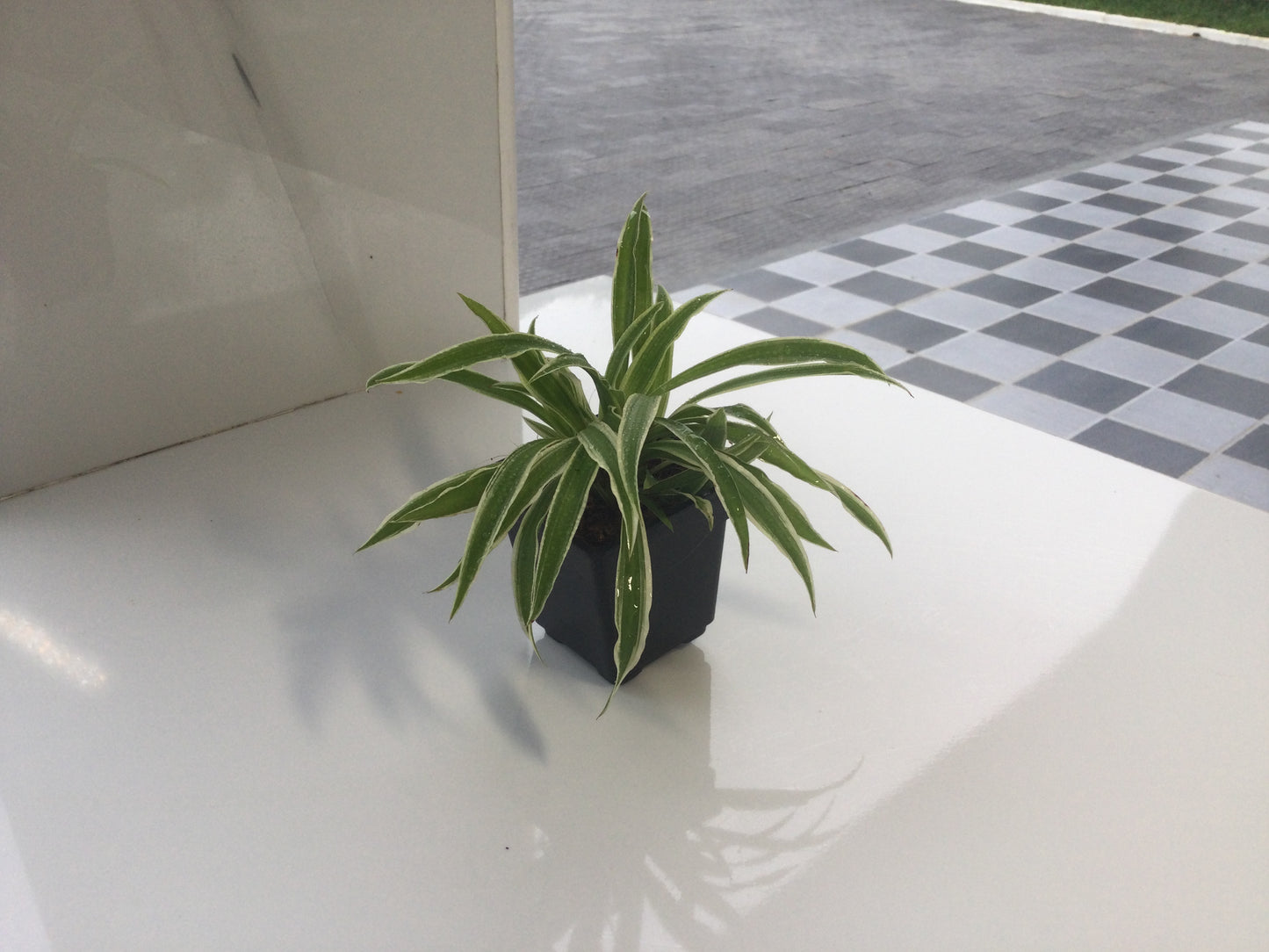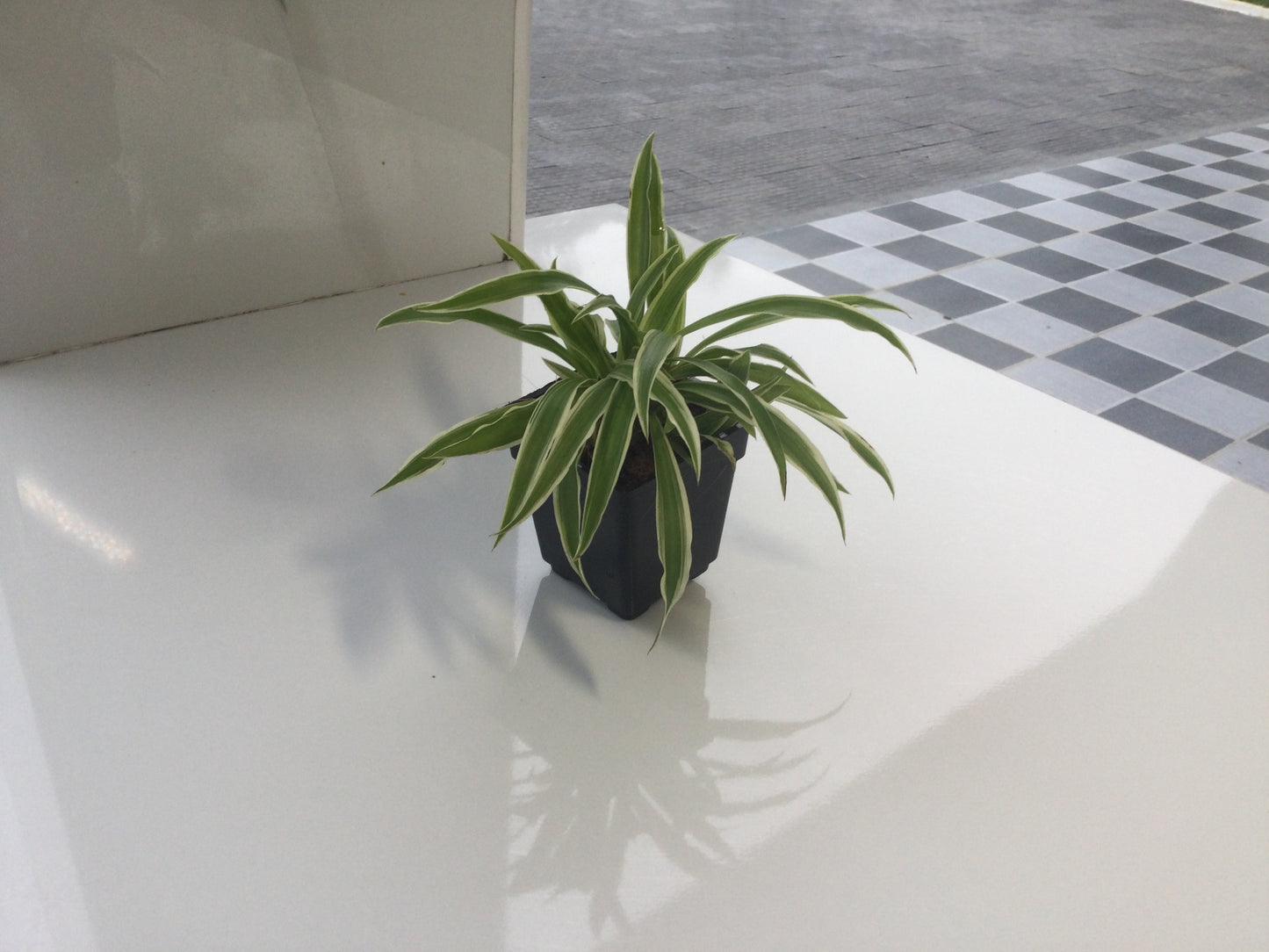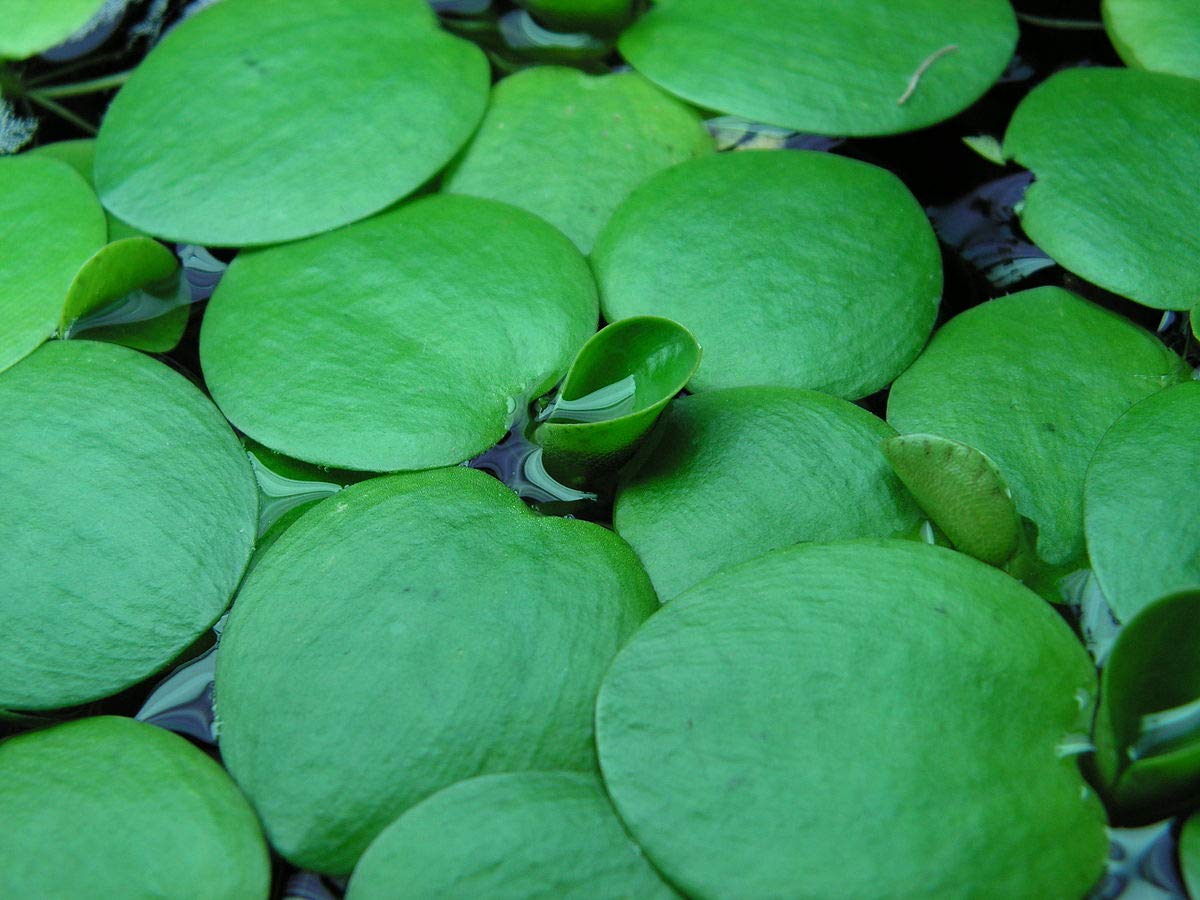BlackWater Aquatics
Spider plant
Spider plant
Couldn't load pickup availability
Chlorophytum comosum, usually called spider plant or common spider plant due to its spider-like look, also known as spider ivy and ribbon plant is a species of evergreen perennial flowering plant of the family Asparagaceae. It is native to tropical and Southern Africa, but has become naturalized in other parts of the world, including Western Australia and Bangladesh. Chlorophytum comosum is easy to grow as a houseplant because of its resilience, but it can be sensitive to the fluoride in tap water, which commonly gives it "burnt tips". Variegated forms are the most popular.
Spider plants are easy to grow, being able to thrive in a wide range of conditions. They will tolerate temperatures down to 2 °C (35 °F), but grow best at temperatures between 18 °C (65 °F) and 32 °C (90 °F). Plants can be damaged by high fluoride or boron levels.Spider plants are non-toxic to humans and pets, and are considered edible.
The NASA Clean Air Study determined that this plant was effective at removing common household air toxins formaldehyde and xylene.
Spider plants have been shown to reduce indoor air pollution in the form of formaldehyde, and approximately 70 plants would neutralize the formaldehyde released by materials in a representative (ca. 167 m2 [1,800 sq ft]) energy-efficient house, assuming each plant occupies a 3.8 L (0.84 imp gal; 1.0 US gal) pot.



Aquatic Plants
Aquatic Plants are not only the best way to improve the health and overall quality of life for the inhabitants of your aquarium, but also aestheticly pleasing.
-
.
-
.

